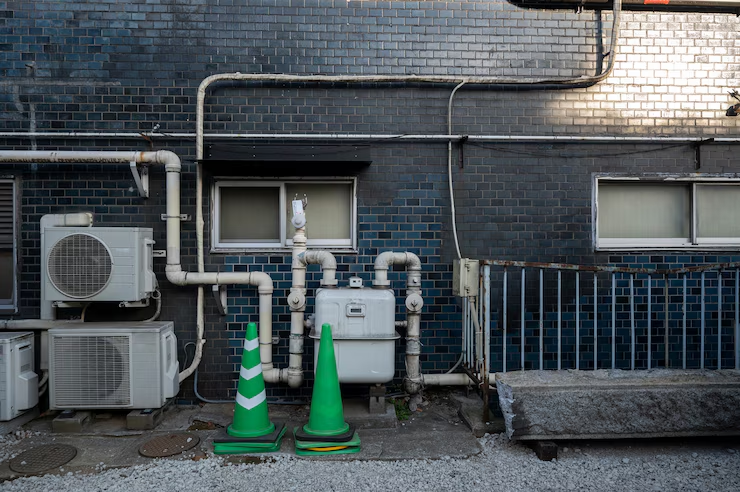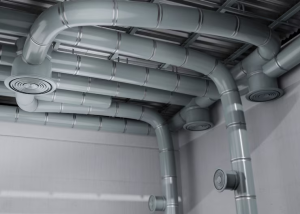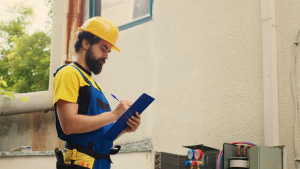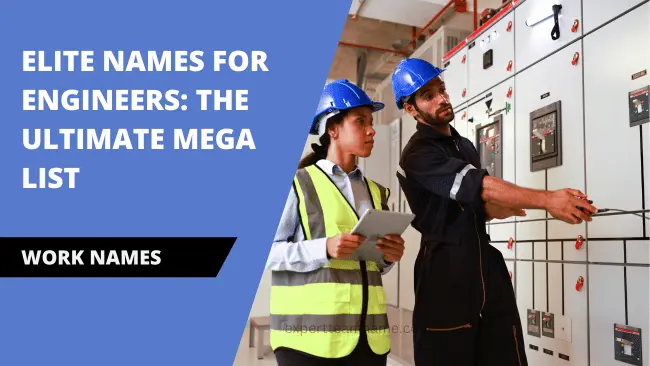How A Radon Mitigation System Protects Your Home And Health

There is a possibility that you are currently breathing in a deadly substance at home.
Radon is an odorless, colorless gas that leads to lung cancer. It is the second most common lung cancer killer in America, killing thousands of people annually. This lethal gas creeps under your floor through the ground.
The frightening thing about it? It is invisible, odorless, and tasteless.
You can only be sure that your home is safe through testing. This guide will tell you what radon does to your health and how the mitigation system will help protect your family. You will also know why repairing radon issues helps maintain the value of your home.
What Is Radon and Why Should You Worry?
Radon is a radioactive gas from uranium breaking down in soil, rock, and water. You can’t see, smell, or taste it. The EPA says nearly 1 in 15 U.S. homes has dangerous radon levels.
Here’s the scary truth: Radon causes lung cancer. When you breathe it in, radioactive particles stick in your lungs. These particles damage lung tissue over time. Smokers face a higher risk, but radon is the top lung cancer cause for non-smokers.
The EPA says to test your home if levels hit 4 pCi/L or higher. A professional radon mitigation system cuts indoor radon effectively.
New research shows radon also increases childhood leukemia risk, even at lower levels. It makes testing even more critical for families with kids.
How Does Radon Get Into Your House?

Radon enters your home through any crack or opening it can find. Your house acts like a vacuum, pulling gas from the soil below.
Common entry points include:
- Foundation and concrete cracks
- Construction joints
- Gaps around pipes and wires
- Sump pits and drains
- Wall cavities
You can’t detect radon with your senses. It’s completely invisible and odorless.
Even if your neighbors have low radon, your home could be dangerous. Soil composition and construction differences make each house unique. Professional testing is the only way to know if your family is safe.
Why You Need to Test for Radon
Professional radon testing is your first line of defense. The best professional companies use advanced technology for accurate readings.
You need two tests: before and after mitigation. The first test shows your radon levels. The second test proves your system works.
A 2025 study shows that continuous monitoring matters for long-term safety. Professional installation and regular checks keep your family protected.
Don’t skip testing. It’s the only way to know if your home is safe or your mitigation system is doing its job correctly.
How Radon Systems Actually Work
A radon mitigation system pulls dangerous gas from under your home and vents it safely outside above your roofline.
The system has four main parts:
- Radon Fan: The heart of the system. This special fan runs constantly, creating suction to pull radon from the soil.
- Piping: PVC pipes carry the gas from your basement up to the fan and out above your house.
- Sealing: Foundation cracks and openings get sealed to improve efficiency.
- Monitoring: Visual gauges show the system is working. Smart monitors can alert you if something goes wrong.
It’s simple but effective protection.
Different Types of Radon Systems

Different homes need different radon systems. A certified professional picks the right one for your house.
Sub-slab Suction: Most common for basements. A hole is drilled in concrete, and a pipe pulls radon from underneath.
Drain Tile Suction: Uses existing foundation drainage pipes to vent radon gas.
Sub-membrane Systems: For crawl spaces. Plastic sheeting covers exposed dirt, and pipes pull radon from beneath.
Installation Options:
- Exterior Systems: Pipes run outside and up to the roof. Very effective.
- Attic Systems: Hidden inside for better looks. Quieter and weather-protected. Better for resale value.
Each system works well when properly installed.
Why Installing a Radon System Is Worth It
Installing a radon system protects your family and boosts your home’s value. The benefits are enormous and lasting.
Health Protection: A quality system cuts radon levels by up to 99%. It dramatically reduces lung cancer risk for your entire family.
Property Value: More buyers want radon testing now. A mitigation system makes your home more attractive and prevents lost sales.
Energy Savings: Sealing foundation cracks reduces drafts and heating and cooling costs.
Peace of Mind: You’ll sleep better knowing your family is safe from this invisible threat.
Real Estate Requirements: Many lenders and buyers now require radon testing and mitigation for home sales.
Why You Need a Professional to Install It
Don’t try DIY radon systems. Professional installation is crucial for safety and effectiveness.
Certified pros assess your home’s unique needs and design the right system. They use quality materials, proper sealing, and verify performance with testing.
Choosing the best professional often fixes poorly installed DIY systems. Professional installation with regular maintenance ensures long-term family protection.
Your family’s health isn’t worth the risk of cutting corners.
Conclusion
Radon mitigation systems are life-saving and protect the value of your home. The problem is real, yet the remedy is effective. Do not risk the health of your family. All houses require testing.
Make a radon test appointment with the certified professionals now. To get the help of professionals, get your free quote and inspection. Your family has the right to clean and wholesome air. Take action. Receive a free radon inspection today.





